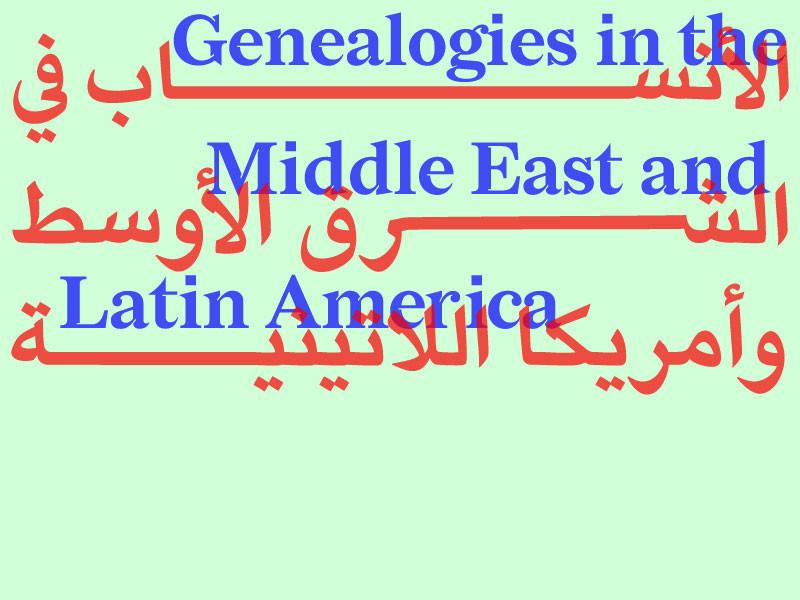

Biography
Mona Hatoum’s work is an outstanding example of the interweaving of ethical, political and aesthetic issues, whose beauty lies in the wit, economy, risk-taking and even mischief-making with which these issues are conflated.
Born into a Palestinian family in Beirut in 1952, Hatoum relocated to Europe in 1975 when she went to London for what was meant to be a brief visit, but got stranded there due to the outbreak of civil war in Lebanon. Hatoum first became widely known in the mid-1980s for a series of performance and video works that focused with great intensity on the body. In the 1990s her work moved increasingly towards large-scale installations and sculptures that aim to engage the viewer in conflicting emotions of desire and revulsion, fear and fascination.
In her deceptively simple works, she uses household objects which are scaled up or changed to make them familiar but uncanny. This is seen in work such as Marble Slicer, a giant egg slicer with a human sized bowl exquisitely rendered in white marble and steel (2002), Cage-a-deux, an oversized birdcage for human occupation (2002) and Nature morte aux grenades, where a rolling steel hospital table is covered with colourful and tempting glass ornaments all in the shape of hand grenades (2006-07).
Her work has featured in solo exhibitions at several international venues, including Valencia Institute of Modern Art, Valencia (2021); CorpArtes, Santiago (2021); Galerie Chantal Crousel, Paris (2019); Pulitzer Arts Foundation, Missouri (2018); Hiroshima City Museum of Contemporary Art, Hiroshima (2017); Tate Modern, London (2016); Kiasma Museum of Contemporary Art, Helsinki (2016); Centre Pompidou, Paris (2015); Fundación PROA, Buenos Aires (2015); Mathaf: Arab Museum of Modern Art, Doha (2014); and Museum of Fine Arts Ghent, Belgium (2014).
She has also participated in many international group exhibitions and biennials, including Times of Upheaval, Valencia Institute of Modern Art, Spain (2019); Hope is Strong, Millennium Gallery, Sheffield, UK (2018); the Venice Biennale (1995 and 2005), the Biennale of Sydney (2006), Sharjah Biennial (2007) and documenta (2002).
Her awards include Praemium Imperiale, Tokyo (2019); 10th Hiroshima Art Prize, Hiroshima City Museum of Contemporary Art, (2017); School of the Museum of Fine Arts Medal Award, Tufts University, Boston (2016) and a nomination for the Turner Prize in 1995.
She studied at the Byam Shaw School of Art, London (1975-79) and the Slade School of Art, London (1979-1981).
Born in 1952 in Beirut, Hatoum currently lives and works between London and Berlin.
SAF participation:
Sharjah Biennial 8
Genealogies in the Middle East and Latin America (2021)
Related Content

do it بالعربي
Join in, take part and collaborate as individuals, families, friends – as a community, together in do it بالعربي [in Arabic] – a project organised by Sharjah Art Foundation.

Unsettled Objects
Sharjah Art Foundation presents Unsettled Objects, featuring new acquisitions and rarely seen works from the Foundation's Collection; the artists and works on display explore art history’s hidden stories.

Mona Hatoum: Baluchi (burgundy)(2016)
Born into a Palestinian family in Beirut in 1952, Hatoum relocated to Europe in 1975 when the outbreak of civil war in Lebanon during a visit to London unexpectedly prevented her return.

Genealogies in the Middle East and Latin America
Sharjah Art Foundation presents a series of online film screenings jointly organised with Anna Goetz, who initiated this collaborative project featuring 21 artists and collectives from the Middle East and Latin America working in film and video.
